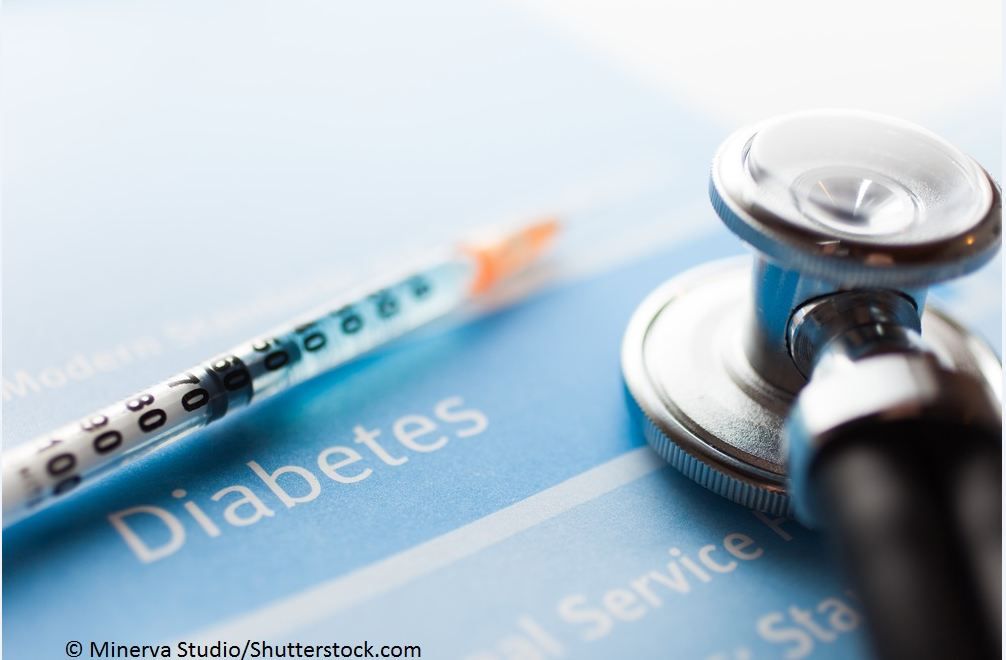The Face of Undiagnosed Diabetes: True or False?
Sample: True or false? The prevalence of undiagnosed diabetes is higher among obese adults vs overweight adults.
©Minerva Studio/Shutterstock.com

Diabetes is a major cause of morbidity and mortality in the US with a total prevalence among adults of 14.0%. However, many adults with diabetes have never been diagnosed by a healthcare professional which places them at risk for undetected and progressive effects of the disease including neuropathy, retinopathy, coronary artery disease, and stroke.
The CDC National Center for Health Statistics, recently released a data brief on the prevalence of total, diagnosed, and undiagnosed diabetes in the US from 2013 to 2016. Which patients in your practice are more likely than others to have undiagnosed diabetes? Find out with our 6 True or False questions below.
Question 1.
Please click here for answer and next question.
Answer: B. False. Undiagnosed diabetes was classified as FPG ≥ 126 mg/dL or A1c ≥ 6.5%.
Question 2.
Please click here for answer and next question.
Answer: B. False. While 14% of adults have diabetes, 9.7% are diagnosed vs 4.3% who are undiagnosed.
Question 3.
Please click here for answer and next question.
Answer: B. False. While it is true that men have a higher total prevalence of diabetes (15.9%) vs women (12.2%), the differences in diagnosed and undiagnosed diabetes by sex are not statistically significant.
Question 4.
Please click here for answer and next question.
Answer: A. True. The prevalence of undiagnosed diabetes among adults aged 20-39 is 1.7% vs 5.2% among adults aged 40-59 and 7.2% among adults aged > 60 years.
Question 5.
Please click here for answer and next question.
Answer: B. False. The prevalence of undiagnosed diabetes is higher among Hispanic adults (6.2%) vs non-Hispanic white adults (3.9%).
Question 6.
Answer: A. True. The prevalence of undiagnosed diabetes among obese adults (BMI ≥ 30) is higher (6.8%) than in overweight adults ([BMI ≥ 25 and < 30] 3.2%). Among underweight or normal weight adults, prevalence of undiagnosed diabetes was 1.9%.
References:
Mendola ND, Chen TC, Gu Q, et al. Prevalence of total, diagnosed, and undiagnosed diabetes among adults: United States, 2013–2016. NCHS Data Brief, no 319. Hyattsville, MD: National Center for Health Statistics. 2018.